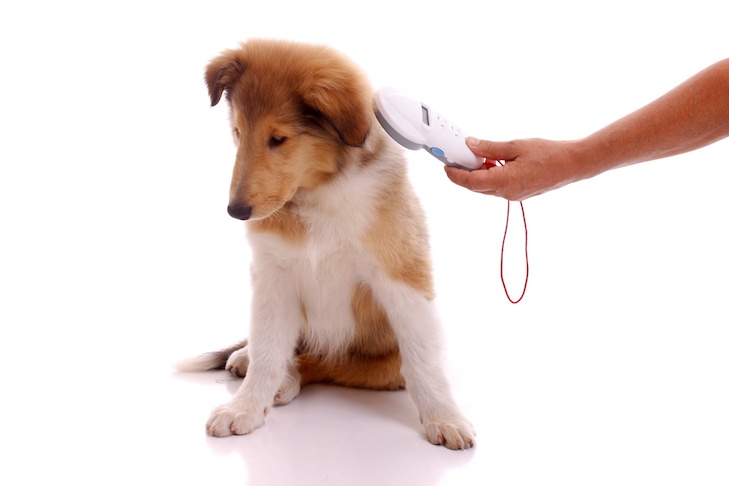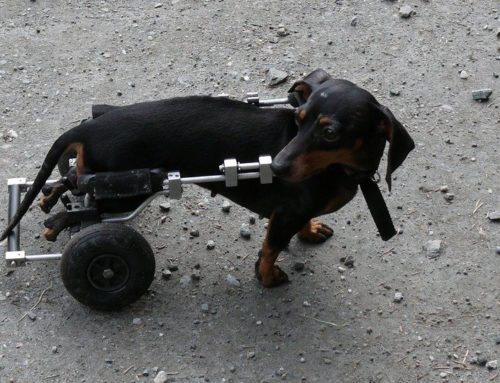What is a pets microchip?
According to statistics, one in three pets become lost at some point in their lives, and yours could very well be one of them. For us at the AKC, that’s more than enough reason to microchip your canine companion. But, how do dog microchips work? In honor of National Chip Your Pet Month, we spell out the details of microchipping and its importance.
What is a microchip?
A microchip is a radio-frequency identification transponder that carries a unique identification number, and is roughly the size of a grain of rice. When the microchip is scanned by a vet or shelter, it transmits the ID number. There’s no battery, no power required, and no moving parts. The microchip is injected under the loose skin between your dog’s shoulder blades and can be done in your vet’s office. It’s no more invasive than a vaccination.
So, that’s it?
Not quite. The unique identifier in the chip won’t do you any good unless you register it with a national pet recovery database. You’ll want to use a recovery service that has access to different microchip databases and technology. A service like AKC Reunite, for example, is a member of the AAHA (American Animal Hospital Association) LookUp, so it can check against hundreds of registries’ databases using the AAHA Universal Pet Microchip Lookup Tool.
When you register your dog’s microchip, enter all relevant contact information. It’s a good idea to include both landline and cell phone numbers for you and anyone else in your household who is responsible for ownership. You don’t want to miss a call telling you that your canine companion has been found. Remember to keep your contact information up to date with the registry, too.






Leave A Comment
You must be logged in to post a comment.